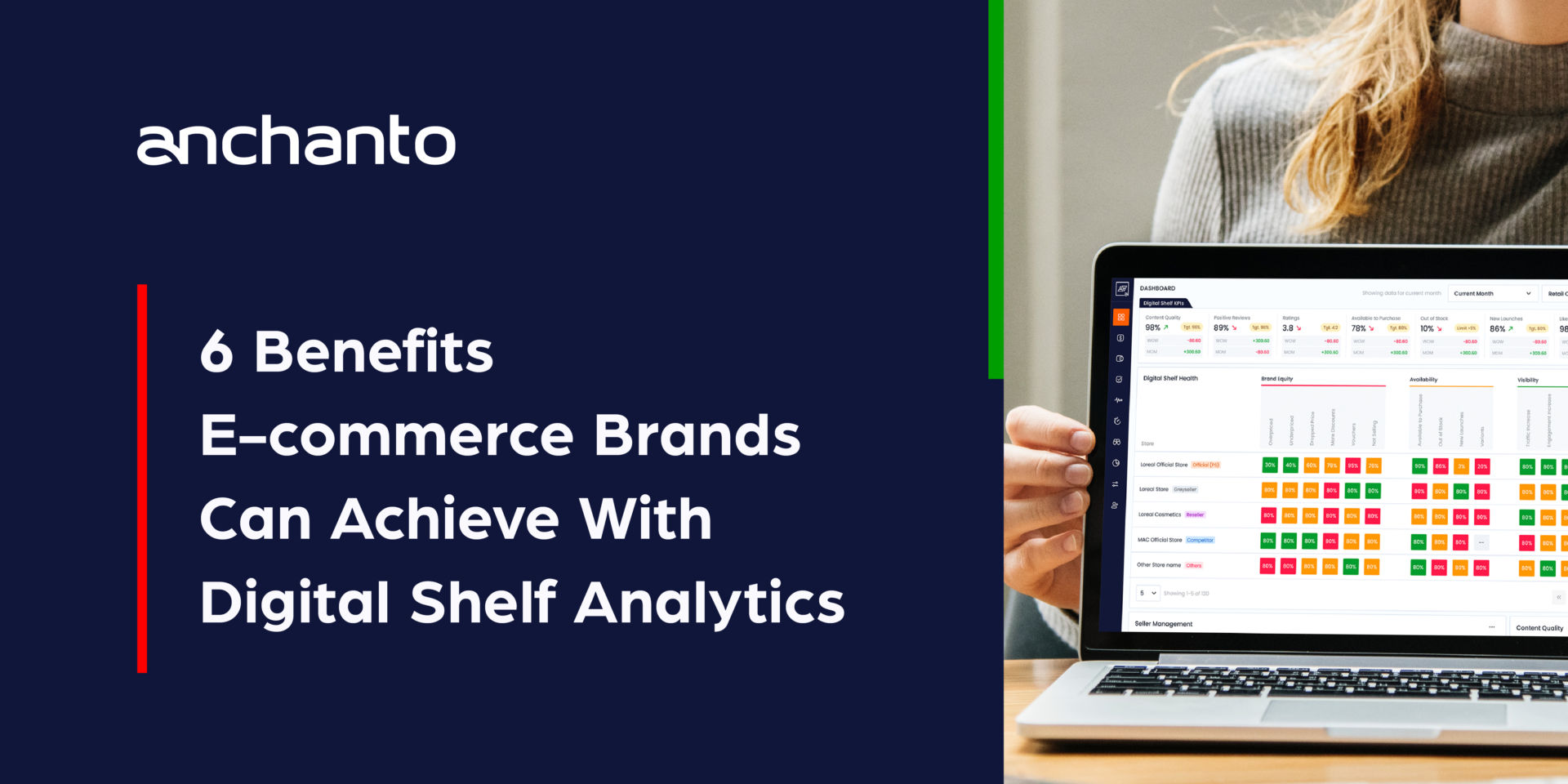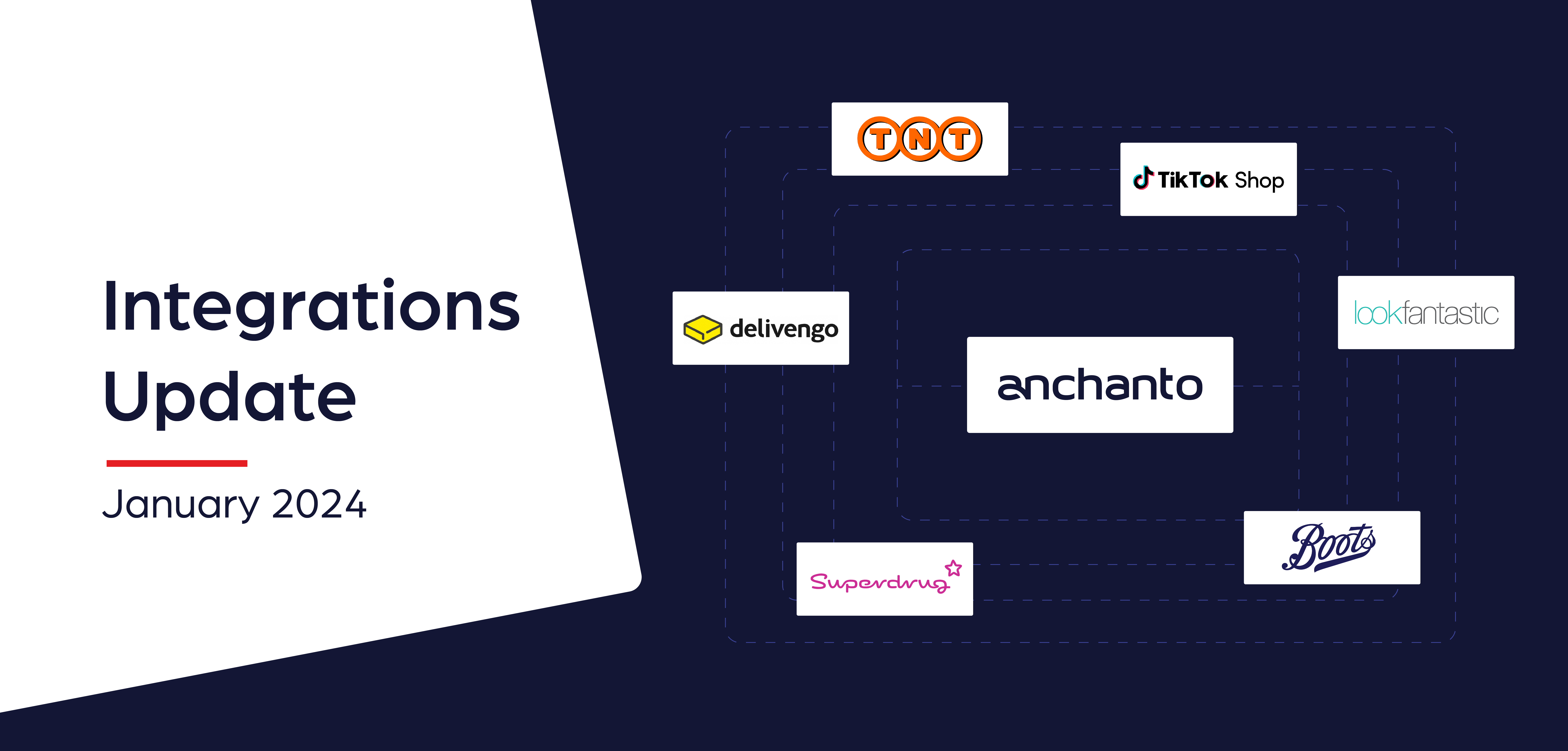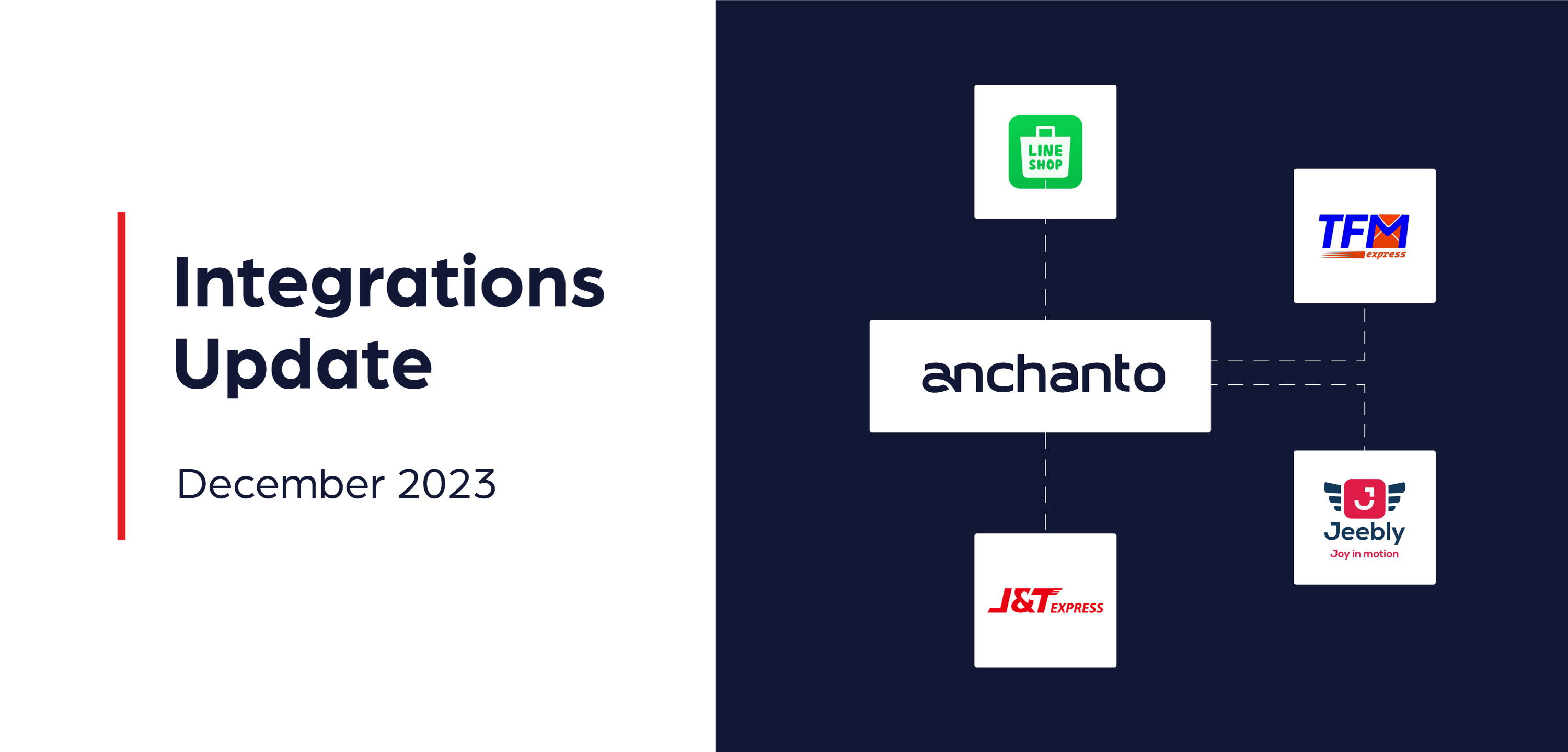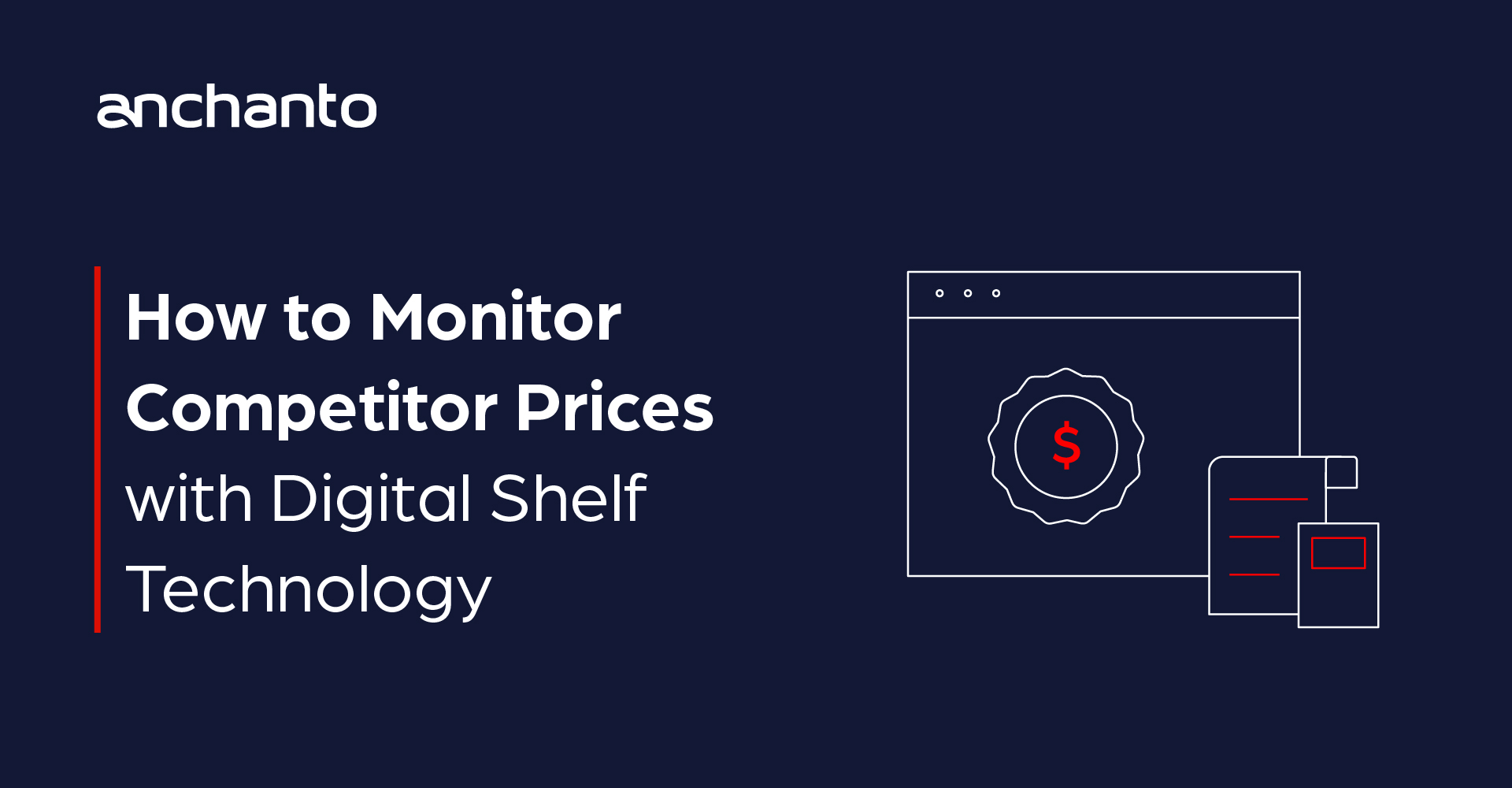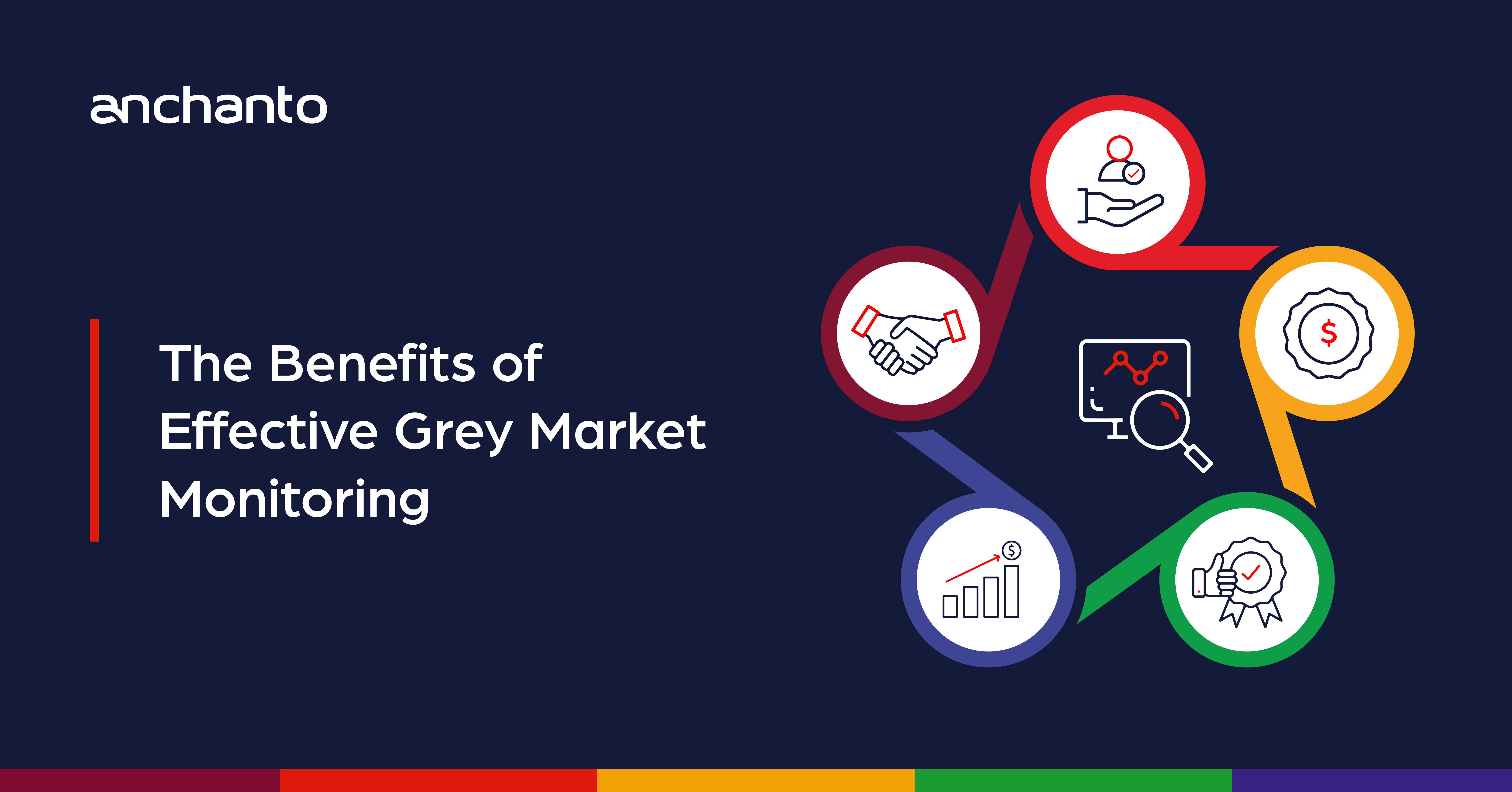
Effective Strategies for Monitoring 3rd Party Sellers on Online Marketplaces
Introduction
3rd Party Sellers have been significant contributors to online marketplaces over the years. According to the latest report published by Amazon; with the rise in sales, 3rd Party sellers account for 60% of sales on Amazon in 2022.
And the trend of 3rd Party Sellers continues to grow rapidly, with an increasing number of brands relying on these sellers to expand their reach and tap into new customer segments.
However, this increasing presence of 3rd Party Sellers poses challenges for brands, as they have less control over their standing in the marketplaces. Price undercutting, subpar product display pages, and the inability to control marketing and promotions are among the major challenges brands face while working with 3rd Party Sellers.
Failure to consistently monitor 3rd Party Sellers can undermine a brand’s pricing strategy, diminish product value, and damage reputation through inconsistent and misleading information. Limited control over marketing and promotions further complicates brand messaging and image protection.
3rd Party sellers can significantly alter a brand’s perception and performance in the marketplace making monitoring them a crucial part of a brand’s sales strategy. In this article, we will explore effective strategies that brands can use to monitor 3rd party sellers.
Effective Strategies for Monitoring 3rd Party Sellers
Track competitors’ sales by authorized 3rd parties. Establishing an effective monitoring strategy for 3rd Party Sellers requires ongoing vigilance and awareness of how they may impact your brand. Here are key considerations to keep in mind:
- Keep up with 3rd Party pricing trends and detect price violations: Monitor the pricing trends set by 3rd Party Sellers to ensure they align with your brand’s pricing strategy. This allows you to identify any instances of price violations, such as sellers undercutting Minimum Advertised Price (MAP) guidelines and take necessary actions to maintain pricing integrity.
- Monitor 3rd Party Inventory Behavior: To optimize inventory planning, track and analyze the inventory levels and movements of your products among 3rd Party Sellers. This helps you understand sales velocity, stock availability, and minimize stockouts or overstocking, ensuring efficient supply chain management, and meeting customer demand.
- Gain 3rd Party Sales Performance Analysis: Obtain comprehensive sales performance analysis of your products by 3rd Party Sellers. This includes monitoring sales volume, revenue, and customer reviews generated by these sellers. By analyzing this data, you can gain insights into the performance of 3rd Party Sellers, identify areas for improvement, and assess the overall impact on your brand’s sales and reputation.
- Track 3rd Party Sellers’ Market Share and Ranking: Find out which sellers are performing the worst and the best by tracking their market share and ranking. This involves monitoring their sales performance relative to competitors, as well as their positioning in marketplace search results. Leverage this information to evaluate their impact on your brand’s visibility, competitiveness, and potential opportunities for collaboration or optimization.
- Identify Product Variants Added by 3rd Party Sellers: Regularly check for any product variants or unauthorized modifications made by 3rd Party Sellers. It is important to ensure that your brand’s products are being represented accurately and consistently across different sellers. By monitoring and identifying any unauthorized changes or variations, you can take corrective measures to maintain brand consistency and protect your product’s reputation.
- Monitor overseas sales against agreed terms: Track and manage overseas sales made by your 3rd party sellers based on agreed terms. Stay in control of international transactions, ensure compliance with your pricing and distribution policies, and maximize revenue from global markets.
A Good Technology Solution Can Help You
Monitoring the activity of 3rd party sellers across various parameters can be a complex task, but it doesn’t have to be. While some brands rely on BI tools or data provided by the sellers themselves, others opt for manual methods like using spreadsheets. However, the most effective approach is to leverage an AI-driven Digital Shelf Analytics platform.
A good Digital Shelf Analytics platform provides brands with a comprehensive solution for effectively monitoring and optimizing 3rd party seller activities on a central platform. By leveraging advanced data analysis, real-time monitoring, competitive analysis, content score, and store health sentiment analysis, brands can gain a competitive edge, maintain brand control, and enhance their performance in the dynamic marketplace environment.
Discover how Anchanto’s Digital Shelf Solution can help you maximize your online revenue with effective 3rd Party seller monitoring. Connect with our Sales Team Today for a demo.



